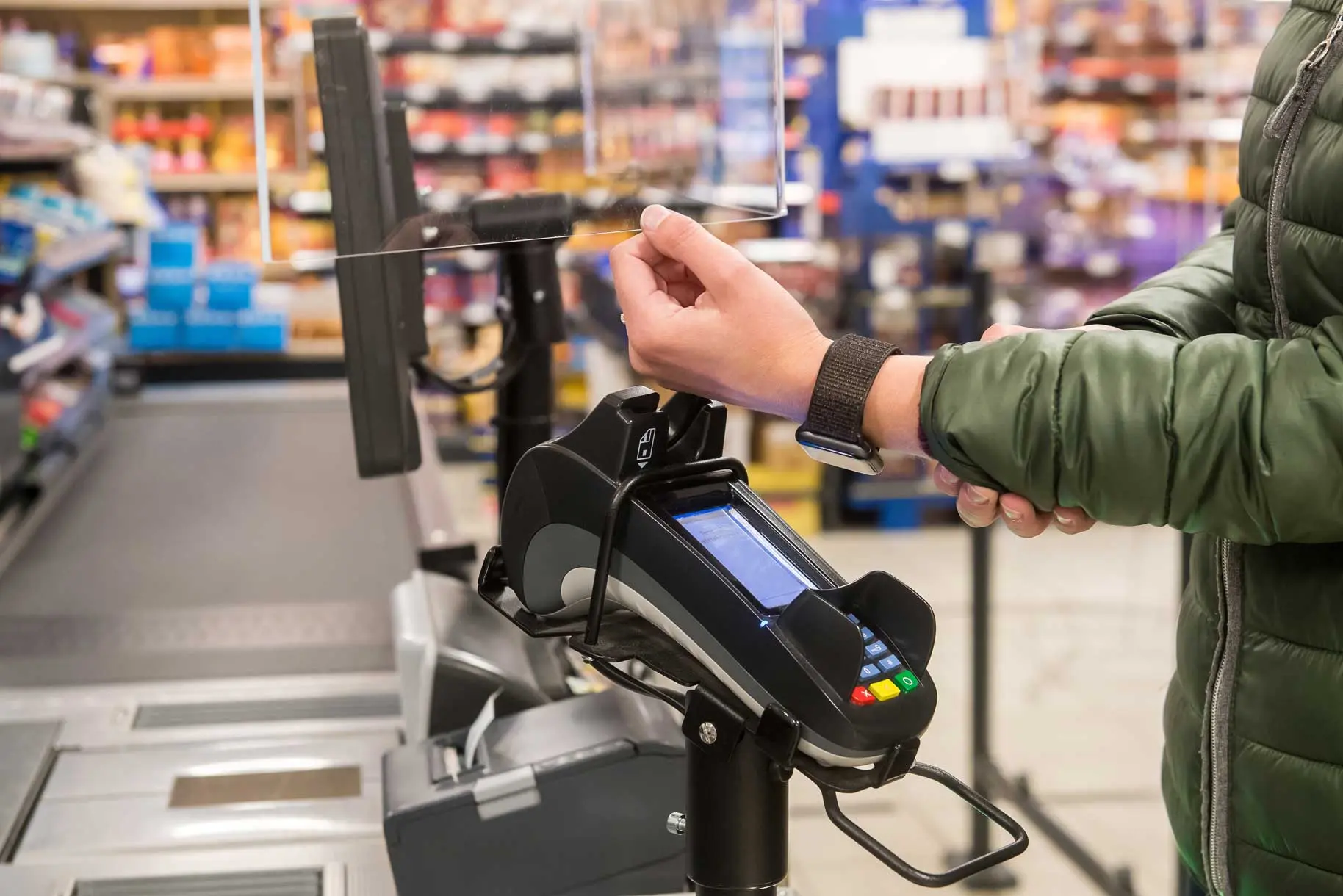Mobile Payments Experience Significant Growth Surge
The Swiss population is increasingly using mobile payment methods. Currently, only debit cards and cash are used more frequently for payments. Twint is used in every tenth transaction. This is revealed by the latest Swiss Payment Monitor from ZHAW and the University of St.Gallen.
Payments with a mobile device such as a cell phone, tablet, or smartwatch are now the third largest payment method, accounting for 21 percent of the total number of transactions. On the one hand, this includes payments directly via the bank account, for example with TWINT, but on the other hand also payments with a credit or debit card stored in an app, such as with Apple Pay or Samsung Pay. Payments are most frequently made with a physical debit card (29 percent of payments), closely followed by cash (28 percent). This is the result of the ninth Swiss Payment Monitor (SPM) conducted by ZHAW and the Center for Financial Services Innovation at the University of St.Gallen. For the survey, around 1,450 people were questioned in May 2023, representing the whole of Switzerland.
Online-enabled Debit Cards Driving Growth
Compared to the other means of payment, the frequency of debit card use has increased since the last survey six months ago, including as a deposited means of payment in mobile transactions."The new generation of debit cards is online-enabled and offers new possibilities, increasing the appeal of debit cards and promoting mobile payments," says Tobias Trütsch, a payment economist at the University of St.Gallen. This is also evident in the increasing use of debit cards in distance transactions (+4 percentage points), where they now account for 14 percent of transactions, placing them fourth.
One in Ten Payments with Twint
Twint is the most frequently used mobile payment method in Switzerland. Overall, one in ten payments is already made with Twint. "Twint is playing an increasingly important role in the face-to-face business, which accounts for 86 percent of all payments," says ZHAW payments expert Marcel Stadelmann. "With an increase from 4 percent to 7 percent in terms of the number of transactions, Twint is showing starking growth in on-site payments."
In the distance business, Twint is now in first place with a share of 33 percent in terms of the number of transactions, followed by credit card as a billing product (27 percent) and invoice (21 percent). In terms of revenue share, however, Twint's 20 percent share of the distance business is still well behind the bill (49 percent) and the credit card as a billing product (24 percent).
Decline in Cash Usage
Cash usage has slightly declined compared to the previous survey (-1.1 percentage points), after stabilizing in 2022. However, cash remains the second most frequently used payment method, accounting for around 28 percent of transactions.
In contrast, the proportion of supporters and users of cash has increased. More people oppose the abolition of cash. Moreover, the percentage of the Swiss population that usually carries cash in their wallets has increased, after steadily decreasing in recent years.
Cash Withdrawals at the Checkout Counter Save Time
Cash has already been withdrawn at the checkout counter by one fifth of the Swiss population (so-called "cash-back method"). Convenience, time savings, and fee-free transactions are mentioned as reasons. "Often, for respondents, there is no nearby ATM or bank counter, especially in rural areas," explains Tobias Trütsch. "Alternative cash withdrawal methods will become more important in light of decreasing ATMs and bank branches."
Swiss Payment Monitor
The Swiss Payment Monitor (SPM) is a long-term study series published semi-annu-ally to provide timely insights into the payment behaviour of the Swiss population. It was first published in 2018 and is based on both representative survey data from online and diary surveys, as well as public data from the Swiss National Bank. In the first half of May 2023, approximately 1450 individuals aged 18 and above from all three language regions were surveyed regarding their payment habits and attitudes towards (innovative) payment methods.
The SPM is published by the Swiss Payment Research Center at ZHAW School of Management and Law and the Swiss Payment Behaviour Lab at the University of St. Gallen. The study is funded by the two research institutions, the Swiss Payment As-sociation (industry organization of major Swiss issuers of credit cards from interna-tional card organizations), as well as industry partners Nets and Worldline.
www.swisspaymentmonitor.ch | www.swisspaymentbehaviour.ch
Contact
Dr. Marcel Stadelmann, Senior Researcher, ZHAW School of Management and Law,
Phone 058 934 46 46, Email marcel.stadelmann@zhaw.ch
Dr. Tobias Trütsch, Managing Director, Center for Financial Services Innovation, University of St. Gallen,
Phone 071 224 71 55, Email tobias.truetsch@unisg.ch
